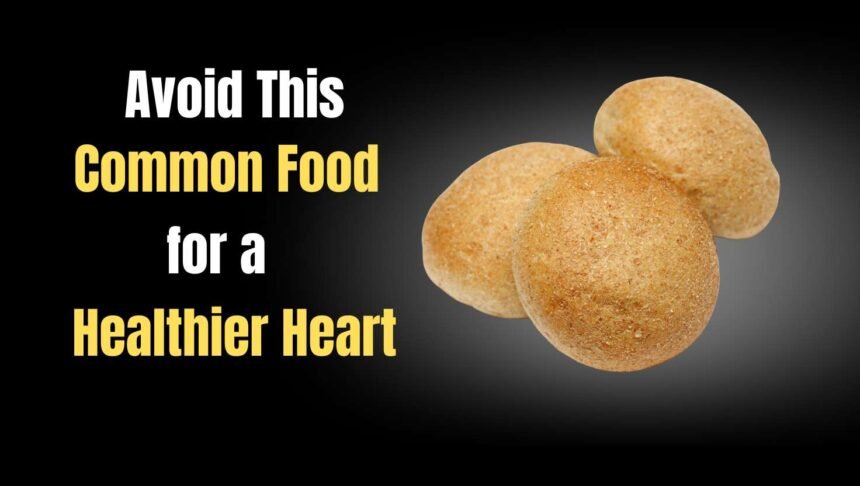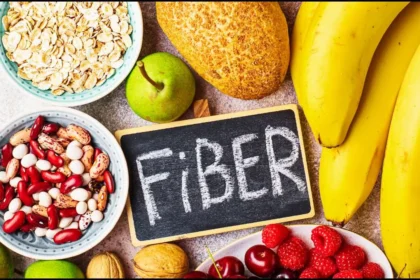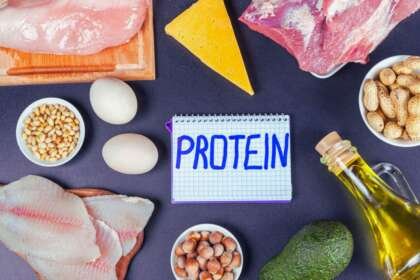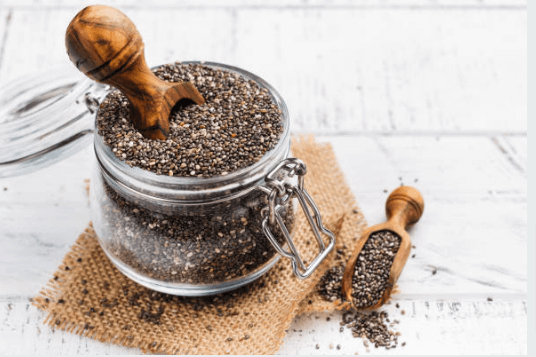When people think about high-sodium foods, they usually imagine things like potato chips, canned soups, or processed meats.
But one of the most unexpected sources of sodium in our everyday diet is actually bread and related baked products.
These items may not taste salty, but they can contribute a surprising amount of sodium to your daily intake, which is something to take seriously if you’re concerned about heart health.
Sodium is a necessary mineral in small amounts. It helps with nerve function, muscle contraction, and maintaining the body’s fluid balance.
But when you consume too much sodium, it can raise your blood pressure. High blood pressure is a major risk factor for heart disease and stroke.
That’s why it’s important to monitor where your sodium is coming from, especially from foods you may not expect to be high in it.
Bread and rolls are some of the biggest hidden sources of sodium in our diets. According to research from the National Library of Medicine, a single serving of bread or rolls can contribute about 351 milligrams of sodium.
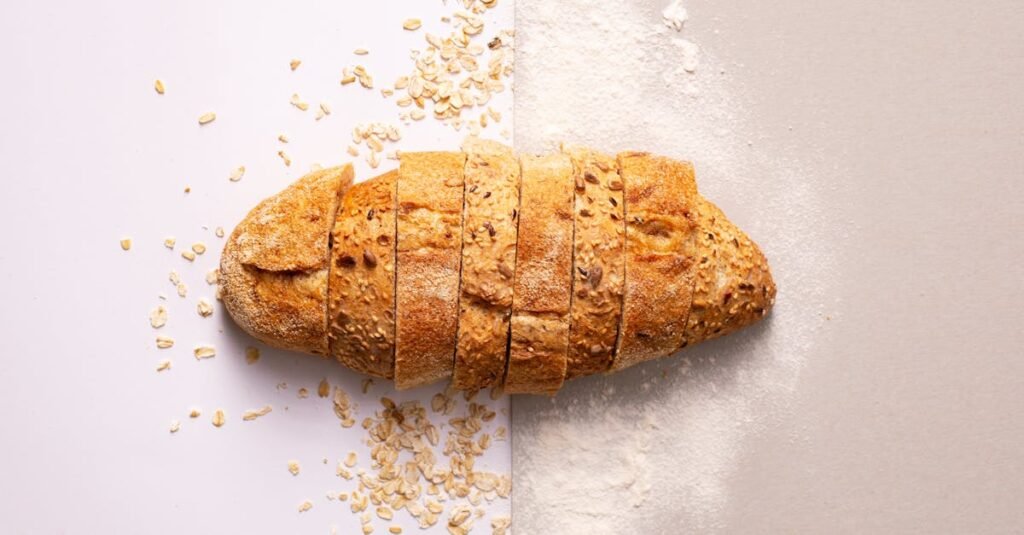
That equals roughly 15% of the recommended daily value. It might not seem like much at first, but most people eat bread more than once a day — maybe toast for breakfast, a sandwich for lunch, and a dinner roll with a meal.
These servings stack up fast, and without realizing it, you could be getting too much sodium from foods you didn’t think were high in salt.
Other types of baked goods like bagels and biscuits also carry high levels of sodium. One large bagel contains about 400 milligrams of sodium, which is 17% of the daily limit.
Frozen or refrigerated biscuit dough is even worse, with one biscuit averaging 528 milligrams — about 23% of your daily recommended sodium.
If you’re eating these kinds of foods often, your sodium levels can climb quickly, especially when combined with other processed or packaged foods throughout the day.
Even sweet-tasting breakfast foods like pancakes and waffles made from boxed mixes can be sneaky sources of sodium.
Although they don’t taste salty, many pancake and waffle mixes contain salt in the batter to improve texture and flavor.
A few pancakes or waffles from a mix can deliver a large sodium load, adding more strain on your heart over time.
Part of the reason bread products are so salty is because salt plays several roles in baking. It’s not just about flavor — salt also strengthens the dough and helps control how the yeast rises.
This is why even breads labeled as “healthy” or “multigrain” can still contain a surprising amount of sodium. You might not taste it, but it’s definitely there.
The good news is that you don’t have to give up bread entirely to protect your heart. There are simple steps you can take to lower your sodium intake without completely cutting out your favorite baked items.
One smart move is to choose whole-grain bread instead of white bread. Whole-grain options tend to be more nutritious overall and often contain less sodium.
Always check the nutrition labels and compare products to find the best choice.
Another easy way to reduce sodium is to control your portion sizes. If you usually eat a whole sandwich, try eating half with a side salad or some fruit.
If you enjoy bagels, try switching to mini bagels or using only half. Choosing smaller portions still allows you to enjoy the foods you love without consuming too much sodium.
It’s also a good idea to limit how often you eat high-sodium baked goods like frozen biscuits or boxed pancake mixes.
These are fine for occasional treats, but they shouldn’t be part of your everyday meals.
When possible, look for products labeled “low-sodium” or “reduced sodium.” These alternatives are often just as tasty and much better for your heart.
For those who enjoy baking, making bread at home can be a great way to control the ingredients.
Homemade bread allows you to add less salt while still creating a delicious product. Even reducing the salt by half in most bread recipes won’t drastically change the taste or texture.
In summary, breads, rolls, bagels, biscuits, pancakes, and waffles may seem like simple comfort foods, but they can quietly raise your sodium levels if eaten frequently.
Being aware of this and making small changes — like choosing whole-grain options, watching portion sizes, reading labels, and limiting highly processed baked goods — can make a big difference.
These steps can help you reduce your sodium intake, support your heart, and improve your overall health in the long run.




